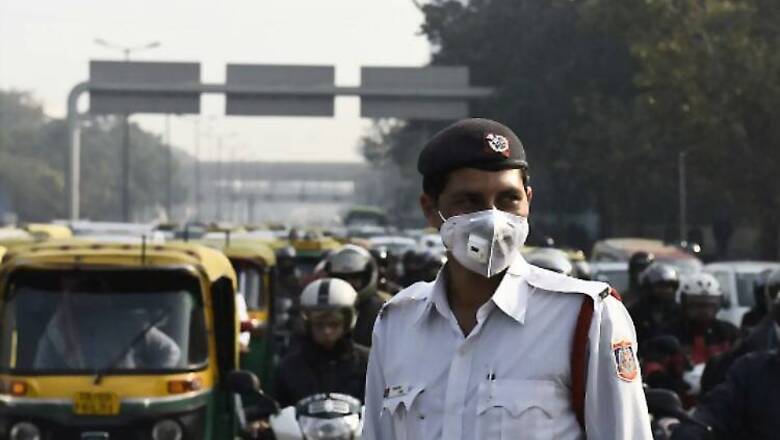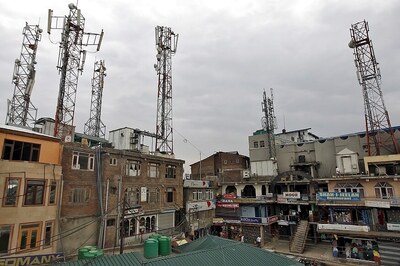
views
New Delhi: An interplay of hostile weather conditions made air quality oscillate between 'severe' and 'very poor' in the city on Tuesday, limiting the gains of the 'odd -even' car rationing scheme. Monitoring stations of Delhi Pollution Control Committee (DPCC), Central Pollution Control Board (CPCB), and the Indian Institute of Tropical Meteorology recorded suspended particulate matters multiple times above the safe limits.
A Western disturbance, active over North India, is keeping moisture levels high and wind speed calm, thereby aggravating the situation as pollutants are not getting dispersed, Anumita Roychowdhury of Centre for Science and Environment explained. But Delhi government, which is comparing the prevailing data with 2014 figures during the same period, maintained that there was a "definitive declining trend" in the levels of Particulate Matter (PM 2.5), the tiniest and deadliest of all the microscopic particles.
The corresponding period in 2015 had experienced cleaner air due to rainfall, a DPCC scientist said. Average levels of PM 2.5 and PM 10 were around 250 and 422 micrograms per cubic metre today, as opposed to the safe limits of 60 and 100. Real time data of several DPCC stations had PM 2.5 and PM 10 above 300 and 800 micrograms per cubic metre respectively. SAFAR's hourly average graph remained above the 'severe' threshold through the day.
In 13 of the 20 locations where a mobile monitoring van collected samples yesterday, PM 2.5 level was recorded at less than 300, "which proves reduction in comparison to previous years at the same time by at least 100 units", the government said. According to scientists of the DPCC, 80 per cent of PM 2.5 air pollution is caused by vehicular traffic and reduction in its levels, even in outer areas of Delhi shows that reduction of cars is having a "positive impact".
Roychowdhury, who heads the clean air project of CSE said, 67 per cent of the days in December had PM 2.5 in the worst category, meaning 'severe', as per the National Air Quality Index. "The levels not only crossed 250 micrograms per cubic metre but went beyond that. Measures like odd-even are meant to pull down the peak levels," she said. Green body TERI has also warned against an immediate assessment of the impact of the odd-even scheme that came into force on January 1 without considering the impact of sources other than emissions from cars.



















Comments
0 comment